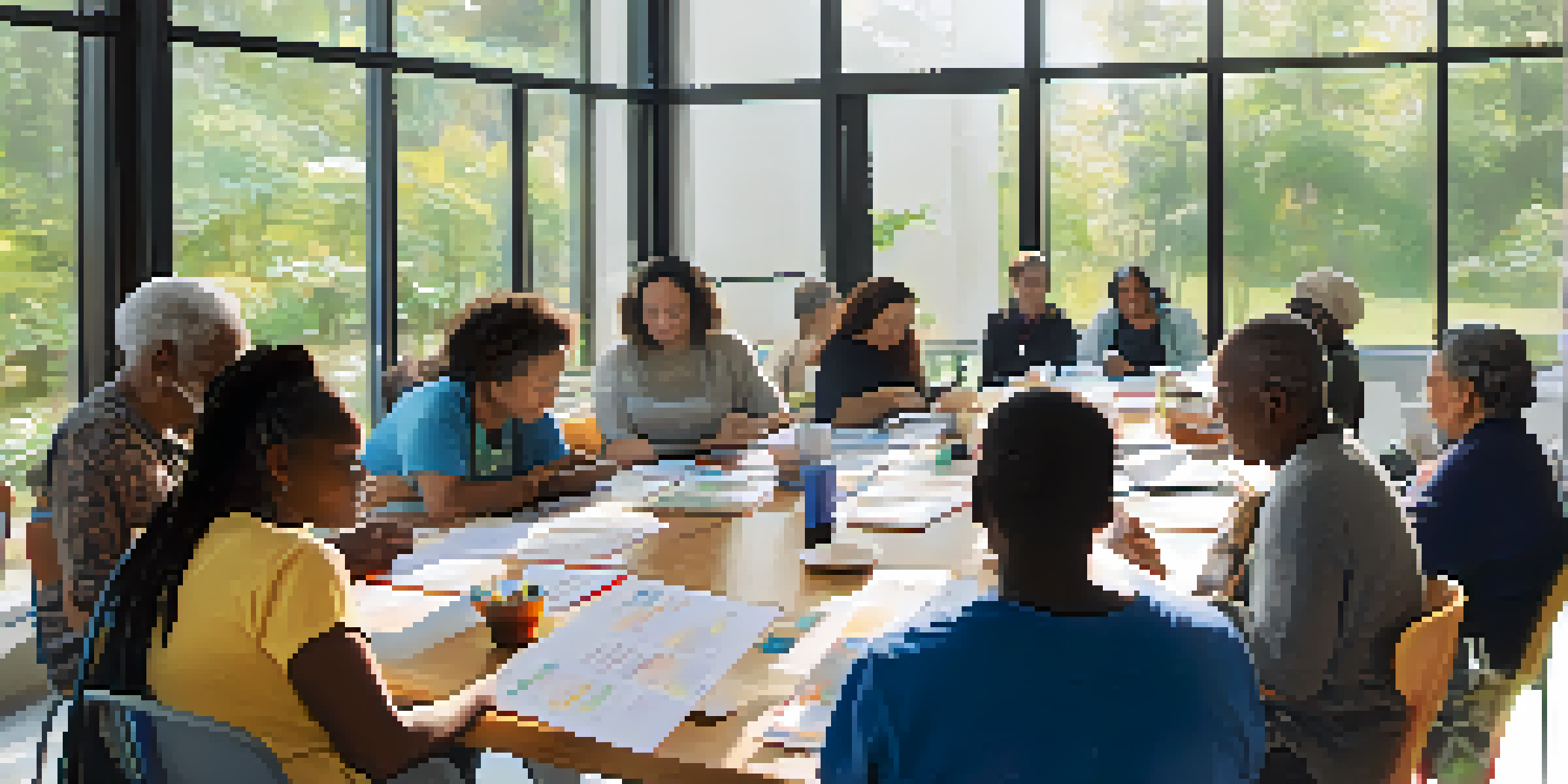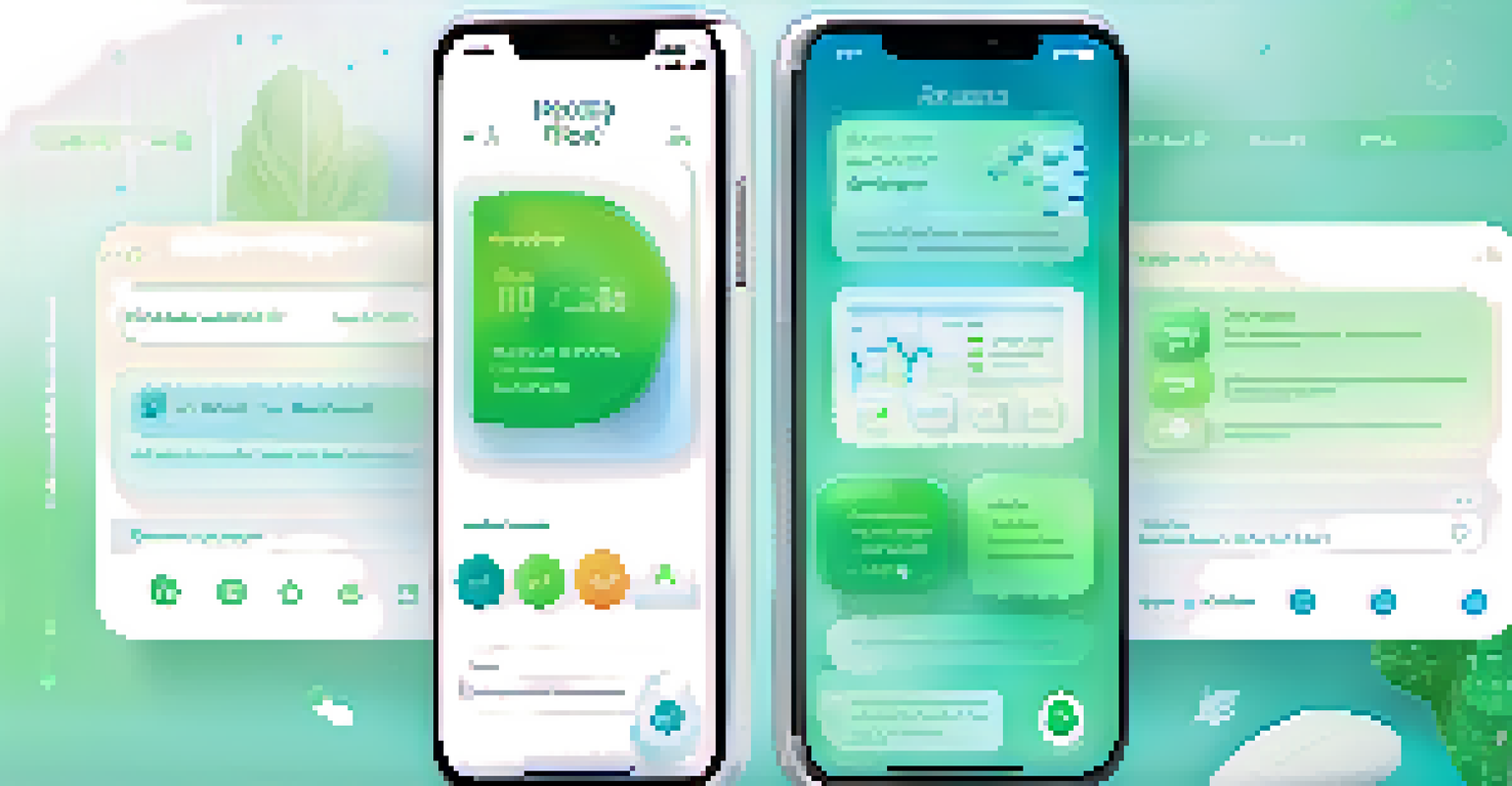Health Literacy and Its Connection to Health Outcomes

What Is Health Literacy and Why Is It Important?
Health literacy refers to the ability to obtain, process, and understand basic health information needed to make informed decisions. It encompasses skills such as reading prescription labels, understanding medical instructions, and navigating the healthcare system. Essentially, higher health literacy means individuals are better equipped to manage their health effectively.
Health literacy is a crucial determinant of health and a key factor in achieving health equity.
Imagine trying to assemble a piece of furniture without clear instructions. Just as those directions are crucial for that task, health literacy provides the necessary guidance for making sound health-related choices. When individuals can comprehend their health information, they are more likely to follow medical advice and adhere to treatment plans.
In contrast, low health literacy can lead to confusion and misinterpretation of health information. This can result in poor health management, increased hospital visits, and ultimately worse health outcomes. Understanding health literacy is the first step in enhancing overall public health.
The Relationship Between Health Literacy and Health Outcomes
Research has shown a strong correlation between health literacy and health outcomes. Individuals with higher health literacy are more likely to engage in preventive health measures, manage chronic diseases effectively, and make healthier lifestyle choices. For instance, someone who understands the importance of regular check-ups is more likely to seek preventive care.

On the flip side, those with lower health literacy may struggle to understand their diagnosis or the importance of follow-up appointments. This can lead to missed opportunities for treatment and a decline in health status. It's like trying to follow a recipe without knowing the difference between teaspoons and tablespoons—small misunderstandings can lead to big problems.
Health Literacy Empowers Decisions
Higher health literacy enables individuals to make informed health choices and follow medical advice effectively.
Moreover, low health literacy can disproportionately affect marginalized communities, exacerbating existing health disparities. Ensuring that everyone has access to clear, comprehensible health information is vital for promoting equity in health outcomes.
How Health Literacy Impacts Chronic Disease Management
Chronic diseases such as diabetes, hypertension, and heart disease require ongoing management and understanding of complex medical information. Patients with high health literacy are typically more adept at monitoring their conditions, recognizing symptoms, and adhering to treatment regimens. This proactive approach can lead to better health outcomes and quality of life.
The ability to access, understand, and use health information is vital for making informed health decisions.
For example, a diabetic patient who understands how to read food labels and monitor blood sugar levels is more likely to maintain their health effectively. This understanding empowers them to make informed dietary choices and to recognize when their blood sugar levels are out of range.
Conversely, individuals with low health literacy may struggle to follow treatment plans or understand their condition fully. This can lead to complications and worsening health, illustrating the critical role that health literacy plays in managing chronic diseases effectively.
Barriers to Achieving Health Literacy in Communities
Despite its importance, several barriers hinder the achievement of health literacy in various communities. These can include language differences, limited access to educational resources, and even healthcare provider communication styles. For instance, if a doctor uses technical jargon without explaining it, patients may leave with more questions than answers.
Socioeconomic factors also play a significant role. Individuals from lower-income backgrounds may not have the same access to health education or resources as their more affluent counterparts. This inequity can create a cycle where those already disadvantaged continue to struggle with understanding their health.
Barriers Limit Health Literacy Access
Language differences and socioeconomic factors create obstacles that prevent many from achieving adequate health literacy.
Addressing these barriers requires a multifaceted approach, including improved communication from healthcare providers and community-based educational programs. By proactively tackling these issues, we can begin to close the health literacy gap.
Effective Strategies to Improve Health Literacy
Improving health literacy requires a strategic approach that involves both individuals and healthcare systems. One effective strategy is to simplify health information. Using plain language, visual aids, and clear instructions can make a significant difference in how patients understand their health.
Another approach is to engage patients in their care. Encouraging questions and discussions during medical appointments can help clarify any misunderstandings. It’s similar to a teacher asking students if they have questions about a lesson—this dialogue can foster a better understanding of the material.
Community outreach programs that offer health education workshops can also play a pivotal role in enhancing health literacy. By equipping individuals with the knowledge they need, we can empower communities to make informed health decisions and improve overall outcomes.
The Role of Technology in Promoting Health Literacy
In today’s digital age, technology plays a significant role in promoting health literacy. Online resources, mobile apps, and telemedicine can provide accessible health information at one’s fingertips. For example, apps that help track medications or provide health tips can empower users to take charge of their health.
However, it's essential to ensure that these digital resources are user-friendly and accessible to everyone, regardless of their technological proficiency. Just like a complicated website can deter users, overly complex health resources can lead to confusion and disengagement.
Technology Enhances Health Education
Digital tools and resources can improve health literacy, making information more accessible to diverse populations.
Additionally, social media can be leveraged to share health information broadly. Engaging content that is relatable and easy to understand can reach a wide audience, making health literacy more achievable for all.
The Future of Health Literacy and Health Outcomes
As we look toward the future, prioritizing health literacy will be crucial in improving health outcomes for individuals and communities alike. By recognizing its significance, healthcare providers and policymakers can work together to create more inclusive health systems. This collaboration can help ensure that everyone has the tools they need to navigate their health.
Moreover, fostering a culture of health literacy will involve continuous education and awareness initiatives. Just as we encourage lifelong learning in other areas, health literacy should be seen as an ongoing journey rather than a one-time effort.

Ultimately, the goal is to create a society where everyone is empowered to make informed health decisions. By investing in health literacy today, we can pave the way for healthier futures and improved quality of life for all.